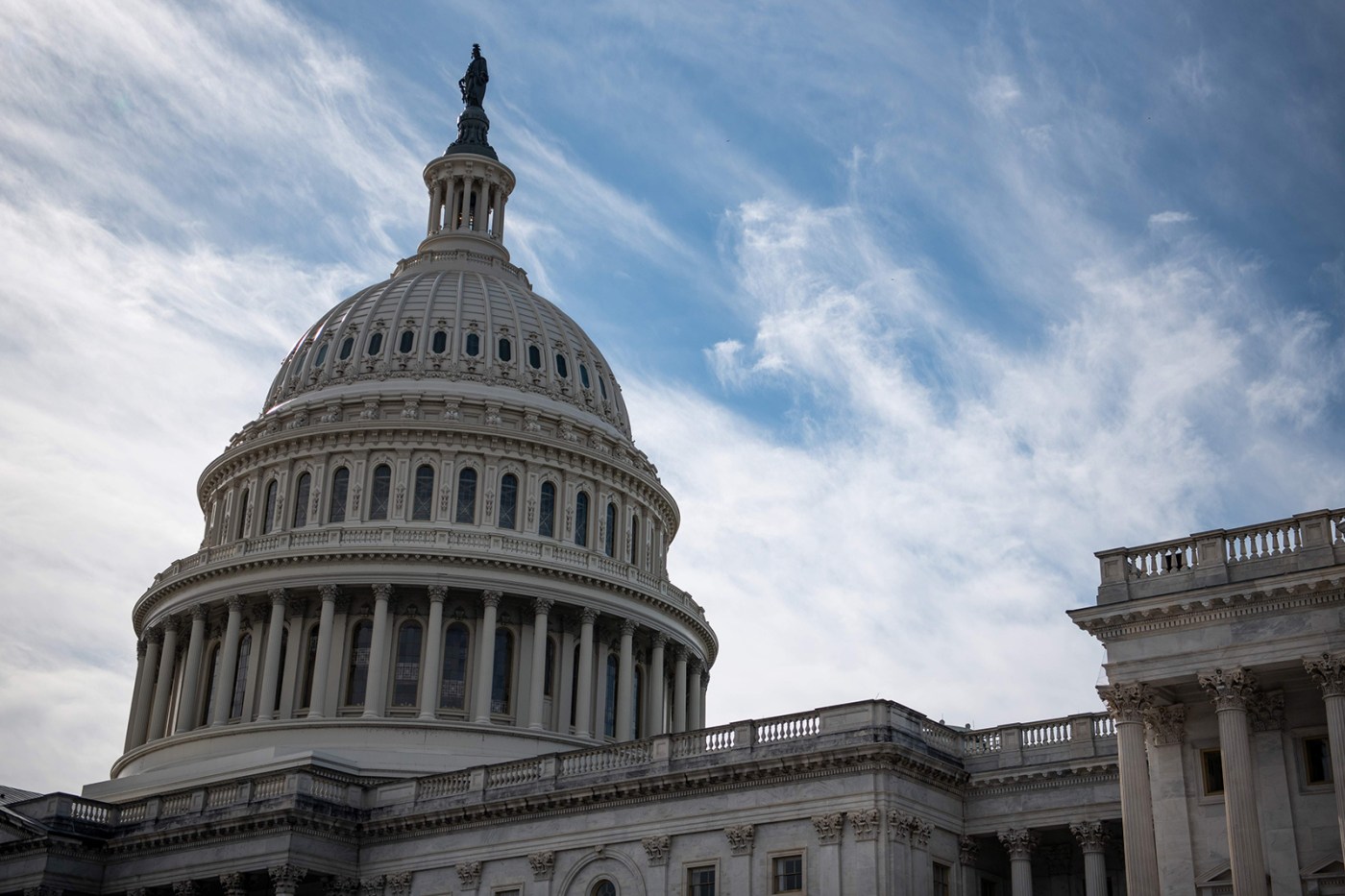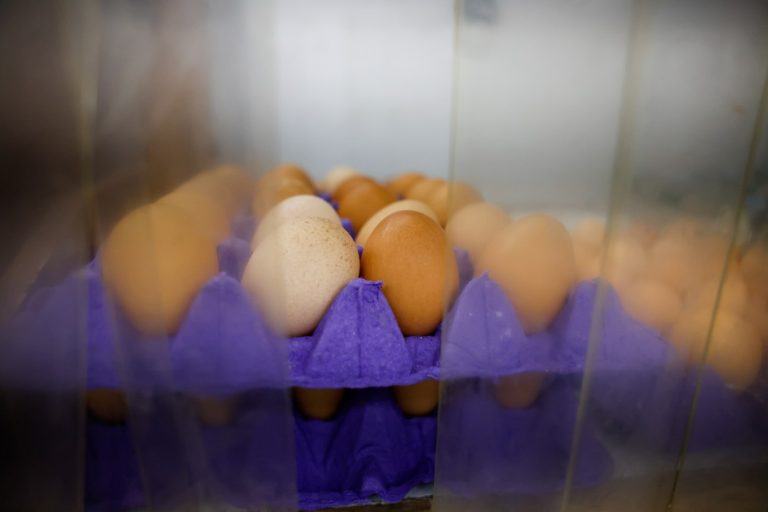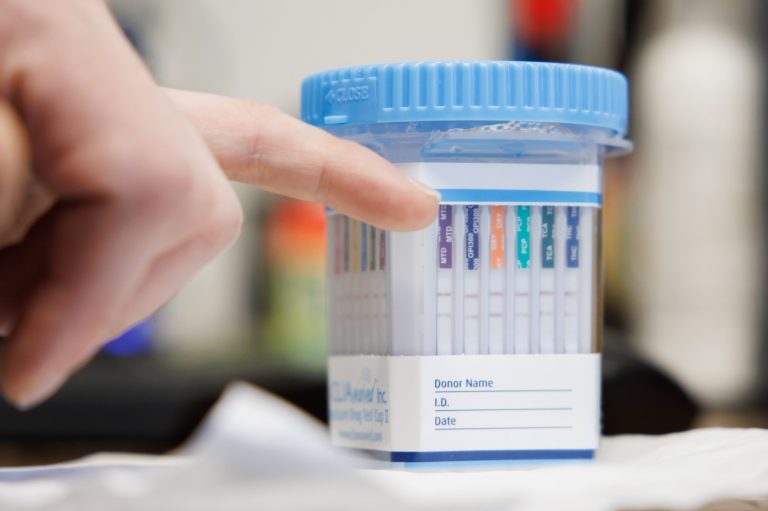After two years of bitter congressional conflict, both parties are spending hundreds of millions of dollars in hopes of gaining working majorities in next year’s session.
But it’s a long shot — for both. More probably, 2025 will again see divisions in both houses so slender that the party winning the presidency will again find action difficult, starting from Inauguration Day.
The Republicans have a slightly better chance of being able to act. If Trump wins and they narrowly control both House and Senate, they could enact their pledges of more tax cuts and sweeping domestic spending reductions by using the controversial reconciliation process requiring only simple majorities in both houses.
Meanwhile, a re-elected Joe Biden may have even less leeway since his best hope would likely be a narrow House margin and a 50-50 Senate, with Vice President Kamala Harris casting multiple tie-breaking votes. It would take the loss of only one Senate incumbent for Republicans to gain a majority and the votes to block Biden Cabinet and judicial nominees.
At present, House Republicans believe — and some independent analysts agree — they could well retain their current razor-thin margin. But their mismanagement has given Democrats hope of regaining the majority by taking most of the 16 seats in districts that voted in 2020 for Biden, nine of them in California and New York.
Senate battlegrounds
In the Senate, meanwhile, Republicans believe Trump’s strength in several key states could help them regain the majority they held from 2015-2021. But if they do, it will be by a narrow margin, well short of the 60 votes needed for most legislation.
As in several recent elections, GOP chances are threatened by the choice of flawed candidates in several key races. They include three where the Democrats raised questions about the true residences of GOP hopefuls.
The GOP starts with a Senate battleground advantage since 23 of the 34 seats being contested are held by Democrats or Democratic-leaning independents, many elected or re-elected in 2006, 2012 and 2018, all strong Democratic years.
In addition, in increasingly red West Virginia, Democrat-turned-Republican Gov. Jim Justice is heavily favored to win the seat opened by conservative Democrat Joe Manchin’s retirement.
That means the Democrats can’t afford to lose another seat because, at present, they seem unlikely to win any of the 11 seats now held by Republicans. The GOP thinks it has a good chance against four Democratic incumbents — Jon Tester of Montana, Jacky Rosen of Nevada, Bob Casey of Pennsylvania and Sherrod Brown of Ohio.
GOP candidates in Montana and Ohio hope to benefit from probable Trump victories there. Tester and Brown have been strong vote-getters but are the only Democrats holding statewide office.
But questions have been raised about Montana Republican hopeful Tim Sheehy’s ties to the state, and whether GOP candidates Dave McCormick and Eric Hovde actually live in Pennsylvania and Wisconsin. Some analysts believe GOP hopefuls Bernie Moreno in Ohio and firebrand conservative Kari Lake in Arizona are too far right for those states.
Arizona is one of three open seats that Republicans hope to win, along with Michigan and Maryland. All are part of the current 51-49 Democratic majority.
In Arizona, maverick independent Kyrsten Sinema’s retirement has created a sharply ideological contest between liberal Democratic Rep. Ruben Gallego and Lake, who narrowly lost a gubernatorial bid in 2022.
In Michigan, Democratic Sen. Debbie Stabenow’s retirement has given Republicans hope of winning a Senate seat for the first time since 1994. Both parties have August primaries, but the early favorite is Democratic Rep. Elissa Slotkin.
GOP prospects got an unexpected boost when Maryland’s popular former Republican governor, Trump foe Larry Hogan, unexpectedly entered the race to succeed retiring Democratic Sen. Ben Cardin.
Presidential preferences
Recent Senate races have increasingly reflected presidential preferences, which could mean problems for the Democrats. On the other hand, both Presidents Bill Clinton and Barack Obama won re-election without winning the House.
Related Articles
Lauren Boebert wins crowded Republican primary, leading field by large margin in new congressional district
Poll finds Garvey doesn’t pose threat to Schiff; no appetite for changing tax approval thresholds
Tax returns, lavish gifts and loans: Bill from Rep. Katie Porter would require presidents disclose more financial info
As Donald Trump heads to California, vulnerable House Republicans navigate his guilty verdict
Opinion: Rep. Marjorie Taylor Greene’s eyelashes comment was racist
Republicans now hold 221 of its 435 seats, including vacancies in two GOP districts, meaning the Democrats would have to gain four seats to win control. The Cook Political Report says that, on a district-by-district basis, “Republicans have a slight edge overall, but it’s not much of one.” House races tend to develop much closer to Election Day.
The principal battlegrounds are the 45 open seats, 23 of which are currently held by Democrats. Beyond that, each party has a target list but there is general agreement on the most vulnerable members.
Besides the five California and four New York seats, the main Democratic targets are Republican members in Arizona, Nebraska, New Jersey, Oregon, Pennsylvania and Virginia districts carried by Biden in 2020. Similarly, top GOP targets are Maine, Ohio, Pennsylvania, Washington and Alaska Democrats whose districts backed Trump in 2020.
However these races turn out, the likelihood is that the next president will again have to govern with the narrowest of congressional margins, ensuring two more years of partisan squabbling.
Carl P. Leubsdorf is the former Washington bureau chief of the Dallas Morning News. ©2024 The Dallas Morning News. Distributed by Tribune Content Agency.












